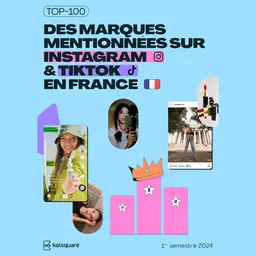
At a time when all societal codes are changing, stereotypes linked to masculinity are wavering. In its latest report, forward-looking research firm Kantar takes stock of how brands need to address these consumers in order to remain relevant to them.
“Ideals of masculinity shape men’s roles at home, at work and in public, and what is considered appropriately ‘masculine’ has always been defined in opposition to feminine qualities,” explains Kantar. “This representation is now being contested, negotiated and challenged. In fact, we need to talk about masculinities in the plural, because there isn’t just one way of behaving. Today, a quarter of Generation Z men in the United States identify themselves as equally masculine, feminine or very feminine. That’s three times more than baby boomers.”
Relationship with brands
Men have always been visible in advertising and the media, but the roles they embody don’t always reflect their diversity. According to the Kantar report, 67% of the male figures featured in advertising campaigns are under 40. Some consumers don’t feel represented at all.
“The use of stereotypes diminishes the chances of establishing relationships, imposes unrealistic ideals and ultimately hinders the establishment of authentic connections with men.”
Focus on beauty
The cosmetics offer is plethoric, but the vast majority is reserved for a female audience.
“Even when it comes to personal care products, the majority of advertising campaigns feature women,” comments Kantar. “Yet men have hair, take showers and need to moisturize …













